Pixel 6 Pro vs iPhone 13 Pro, Galaxy S21 Ultra: Selfie comparison

Admittedly, selfie cameras are not held to the same high standards as the main cameras of a phone. It even wouldn't be too outlandish to say that aside from the regular speculation regarding their form and position, front-facing cameras have remained an afterthought that rarely scores an enticing new feature. Seemingly, more thought is invested into hiding away selfie cameras than making them real good.
I'm thirty-something, and I'll be honest with you, selfies aren't something I take on a regular basis. Once in a blue moon, give or take, but when I do, I definitely expect them to be as good as it gets. Surely, I don't blow me out of the water and be exceptional.
Given how many high-profile smartphones we've welcomed in the past couple of months, it's only natural for our interest to be piqued by the promise for improvement in the selfie camera department. Given that this year's highlights on the smartphone market are the Galaxy S21 Ultra, iPhone 13 Pro/Pro Max, and the Pixel 6 Pro, it's only natural that we'd want to compare the three in every way, selfie cameras included.
Read more:
- Google Pixel 6 Pro vs iPhone 13 Pro Max, Galaxy S21 Ultra: camera comparison
- Google Pixel 6 Pro vs iPhone 13 Pro Max, Galaxy S21 Ultra: Low-light camera comparison
Scene #1: Portrait
Portraits are, to me, one of the best uses of a selfie camera. Not that I have a bone to pick with regular selfies, no, but portraits simply look more natural to me. Surely, the suspension of disbelief associated with portraits is oftentimes broken by the imperfect appliance of background blur. I'm certain most of you know that complex backgrounds, for example tree branches, leaves, and other intricate patterns don't really mix well with the artificial bokeh.
The reason for that is simple: it's hard to perceive depth without a dedicated camera sensor that feeds its data to the selfie camera and tells it which areas should be blurred and which ones should be in perfect focus. Software algorithms and AI have come a long way, and these days, most phones are capable of delivering a superb portrait by only using a single camera. Our mileage may vary, though, as some are more capable than others.
How does our venerable trio fare in this test?
Aside from the signature differences in terms of exposure and color science, we get pretty good results from all three devices. Even zooming in on my face doesn't reveal an immediately obvious flaw with the artificial bokeh; all three phones have done an excellent job. Yet, the selfie taken with the Pixel looks the cleanest to me.
While colors and exposure are truly a matter of personal preference, I am just a sucker for slightly under-exposed images with a grittier, more realistic color reproduction, but I realize I'm definitely in the minority here. Warmer and better-exposed selfies are usually a better hit on social media, which is the reason Samsung and Apple go for such a toned rendition of one's face.
Scene #2: Regular selfie
The second scene is more of a “regular” selfie scenario, nothing fancy or out of the ordinary, just a simple selfie. In this scene, the source of light is hitting our subject frontally, which is in all honesty the ideal condition for a good selfie.
The main and obvious difference in this scene is the colors. Once again, the Google Pixel 6 Pro is showing its more under-exposed and realistic nature, which sits in stark contrast with the reddish facial colors in the iPhone selfie and the Galaxy S21 Ultra sample, which has a slight yellow-green undertone. In terms of details, the Pixel takes a slight step back: there seem to be slightly more details in the iPhone/Galaxy selfies. However, they are also noisier in the background, while the Pixel produces a “cleaner” image overall. If I had to choose a perfect image, it would have been the Galaxy S21 Ultra details paired with the Pixel 6 Pro's colors, though many will simply pick the iPhone selfie right away.
Scene #3: Another regular selfie
Here's another regular selfie scene that generally reiterates what we established in the previous one. The differences are obvious: colors, details, and even the default selfie camera field of view, if you will. The Pixel 6 Pro is once again creating darker and grittier selfies that are an acquired taste, whereas the Samsung and Apple flagships come forth with a tad livelier and better exposed selfies.
Scene #4: Low-light selfie
In less than perfect lighting conditions, coming up with a stellar selfie is definitely harder than in bright daylight conditions. Overall, I'm quite happy with all three in this situation, and the differences aren't that stark either. I don't like the yellow/green tint in the Galaxy S21 Ultra selfie and prefer the ones from the Pixel and the iPhone here.
Scene #5: Ultra low-light selfie
In this particular scene, the lights are mostly out. Using the respective night mode of each phone, I've tried to capture a good selfie, and some have absolutely succeeded with this task. The Google Pixel 6 Pro and the Galaxy S21 Ultra have achieved a slightly lifeless look that probably wouldn't bode well for anyone. The iPhone has captured a much livelier image, with colors that actually look nice. No flash was used in that situation.
Scene #6: No flash vs flash
With flash on, in a similar pitch black situation, you can expect the following results.
The Google Pixel 6 Pro interestingly does a rather good job when no flash is used. Sure, there's plenty of noise, but that's normal for dark rooms. The facial colors, however, are a bit on the colder side, which isn't that appealing.
The iPhone has also done a good job, and the colors here are warmer and much more pleasing to look at. Definitely a winner in my book as it doesn't carry that sickly vampire-like style that's more suited for Halloween trick-or-treating.
Finally, we have the Galaxy S21 Ultra, which hasn't come up with the most flattering selfie, has it? Don't act surprised, that's what you get when you're shooting selfies in such challenging lighting conditions. Ideally, you should not be doing that as the harsh artificial light of the selfie flash usually doesn't help the case for a good-looking selfie.
Conclusion
Overall, any of these devices will shoot an excellent selfie provided that you utilize its strengths and try to alleviate its weaknesses. Common sense goes a long way when shooting a selfie as well — having the sun behind you or shooting from down-low will hardly ever produce a noteworthy selfie, except with artistic purposes in mind.
Personally, I'm more of a fan of the grittier looks of the Pixel in contrast (no pun intended) with the livelier iPhone and Samsung selfies. I realize I might very well be in the minority here, but those two oftentimes strike me as just too colorful and over-exposed. The Pixel adds a realistic vibe to its selfies that I don't really find with the rest.
Of course, I'm not saying those selfies are inherently bad, no: the iPhone and the Galaxy are popular for a majority of reasons, and one of the more important ones is the fact that they aim to please their customers. Snapping a great self-portrait is one of the ways to slightly boost up your dopamine. What's more, realism isn't one of the main things you look for in a selfie, where post-processing, filters, and skewing reality often take precedence.
Follow us on Google News
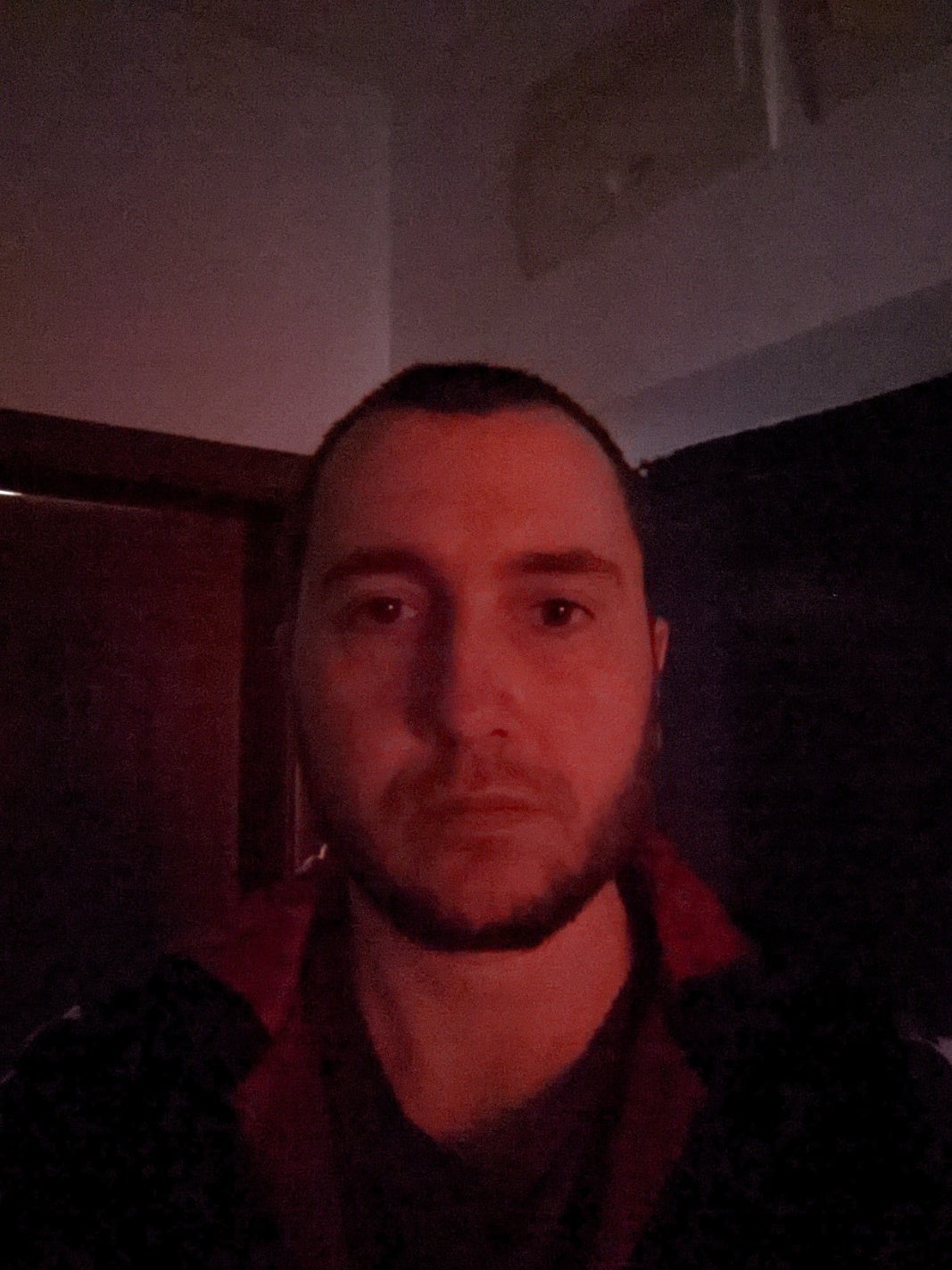

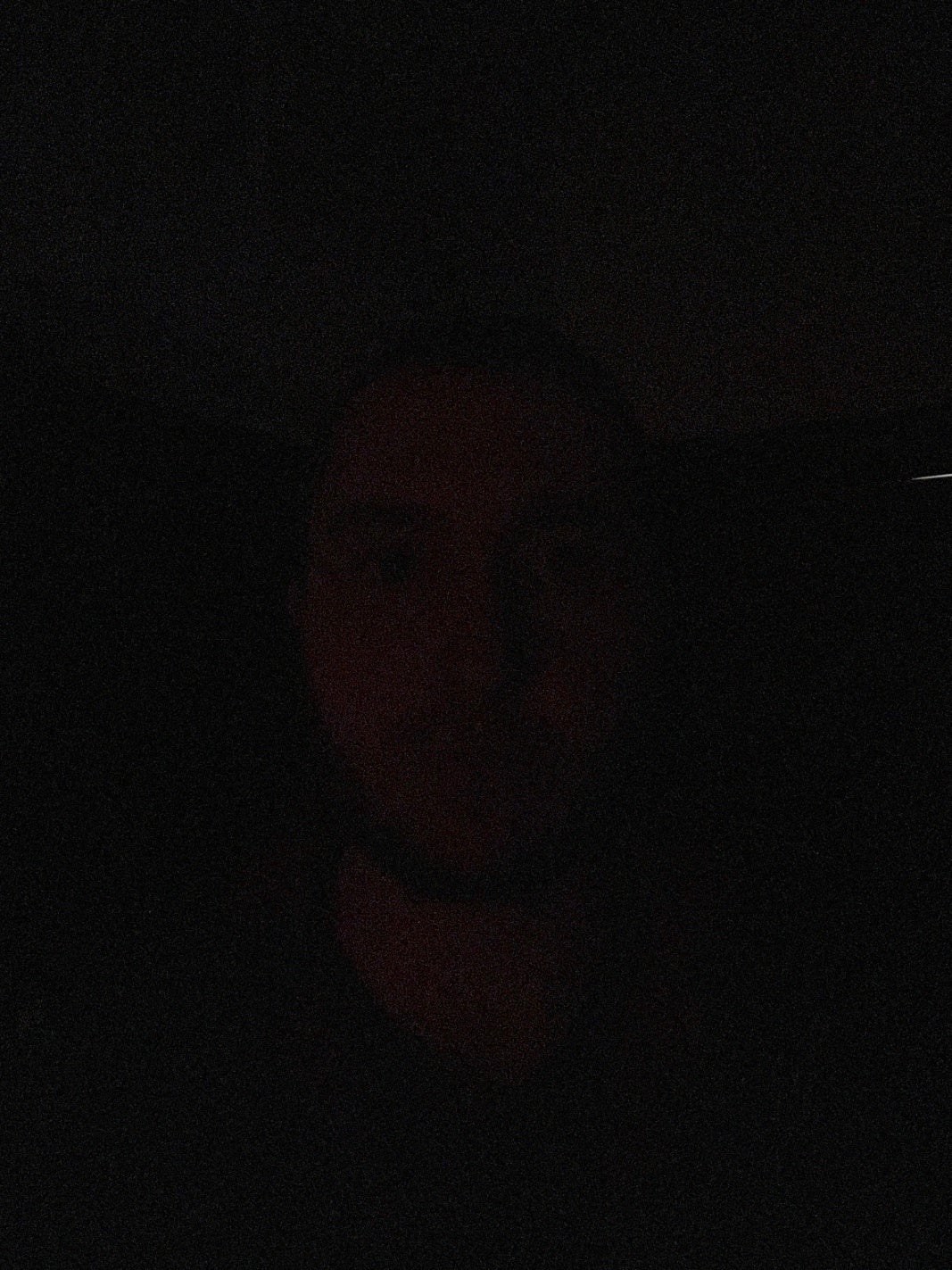



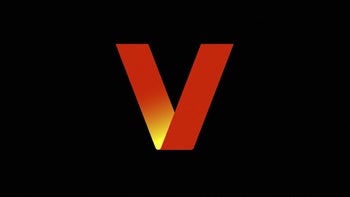


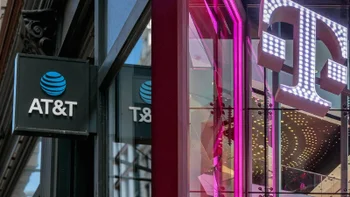

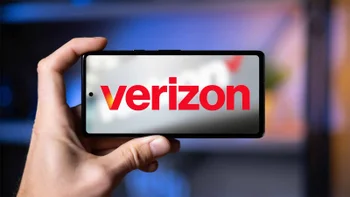
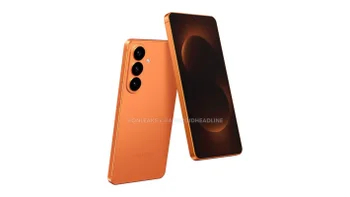

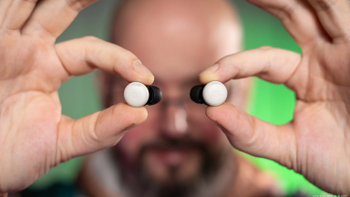
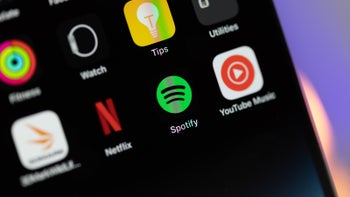
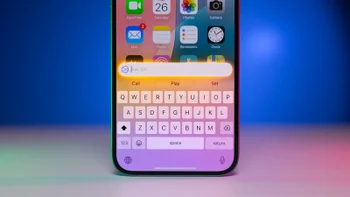
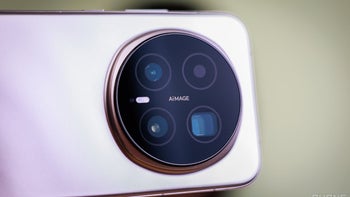
Things that are NOT allowed:
To help keep our community safe and free from spam, we apply temporary limits to newly created accounts: